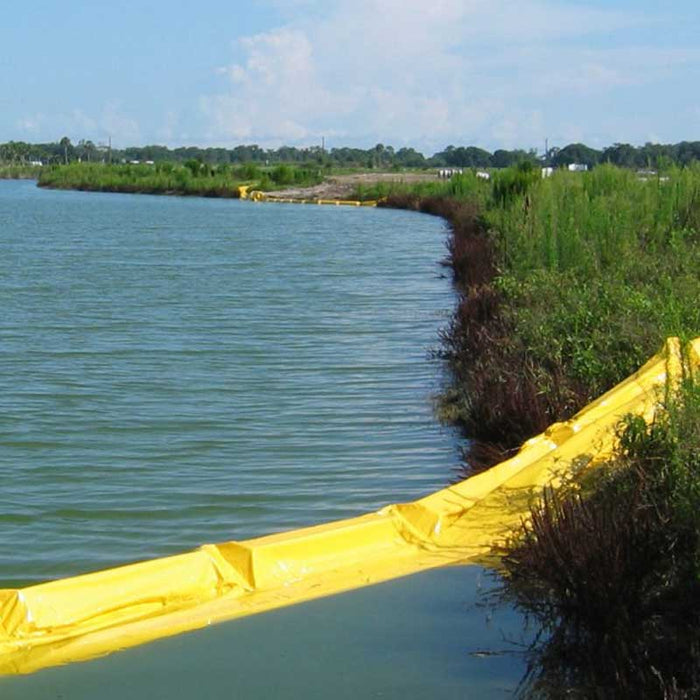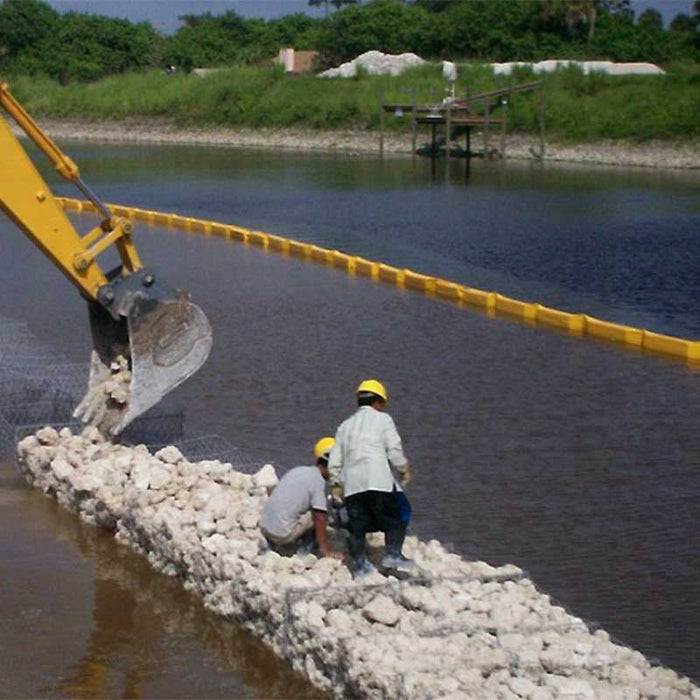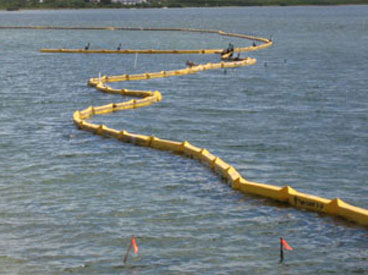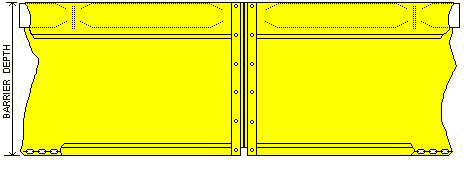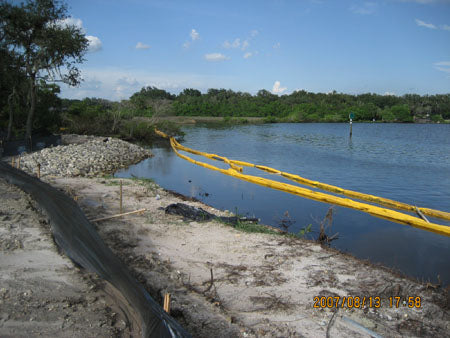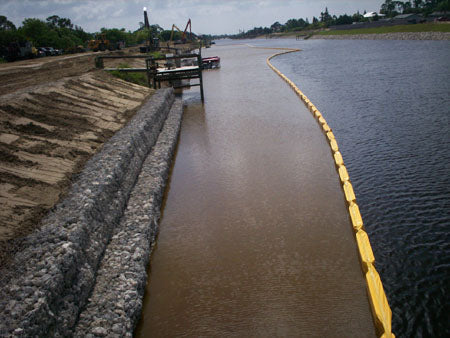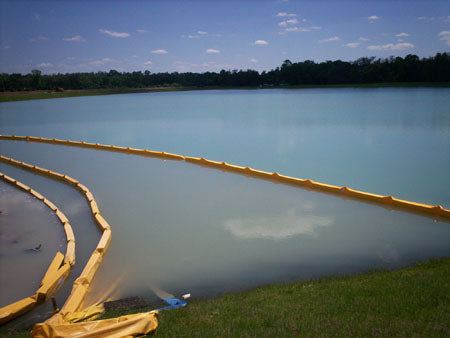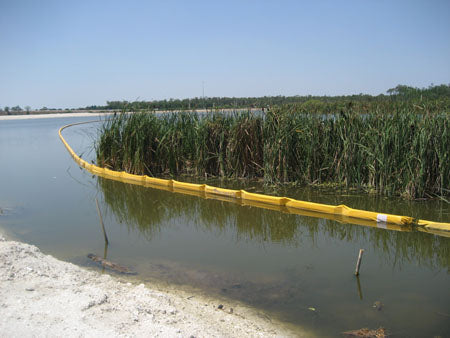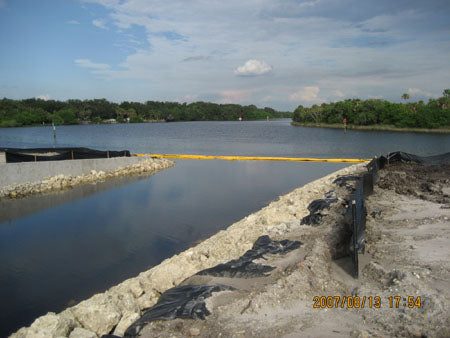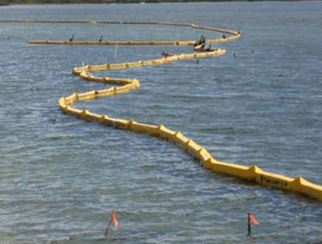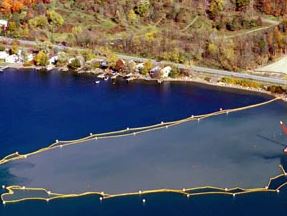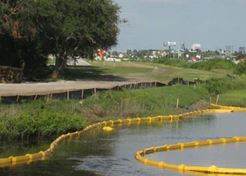Floating Debris Barrier
FREE SHIPPING
Our Silt Barrier is used to protect waterways from turbidity and sediment from construction sites. This type 1 DOT turbidity barrier is used at construction sites that are trying to prevent debris mixing into various bodies of water such as canals, small ponds, and small lakes.
The Silt Barrier is available in various depths and typically ships in 50' lengths. The barrier is made of a PVC coated polyester and is treated with an anti-mildew coating. This product in made in America.

